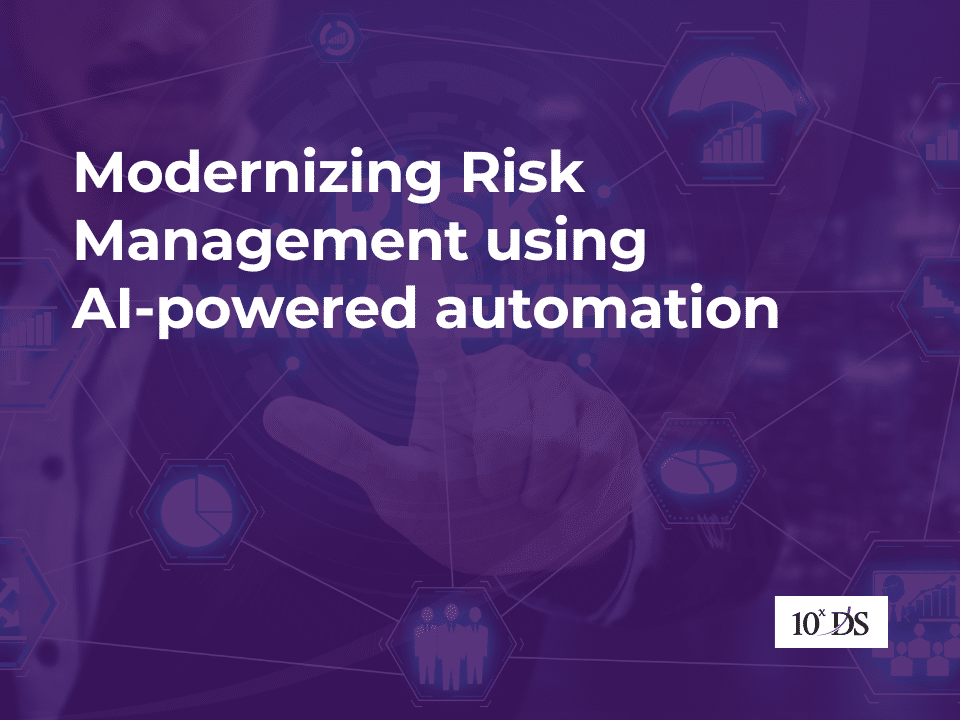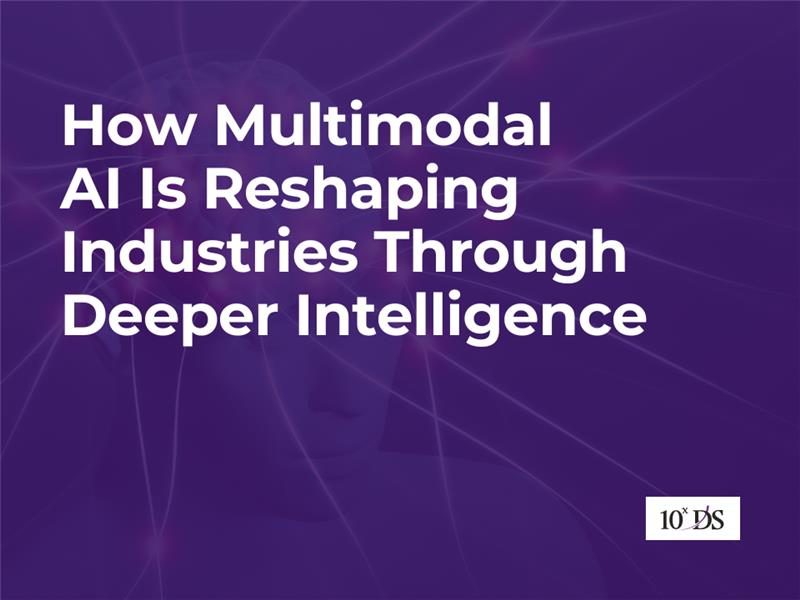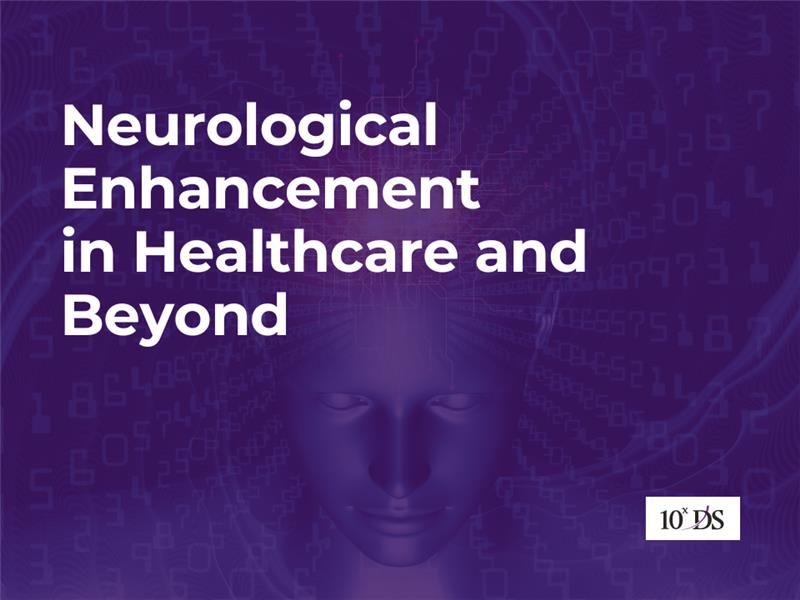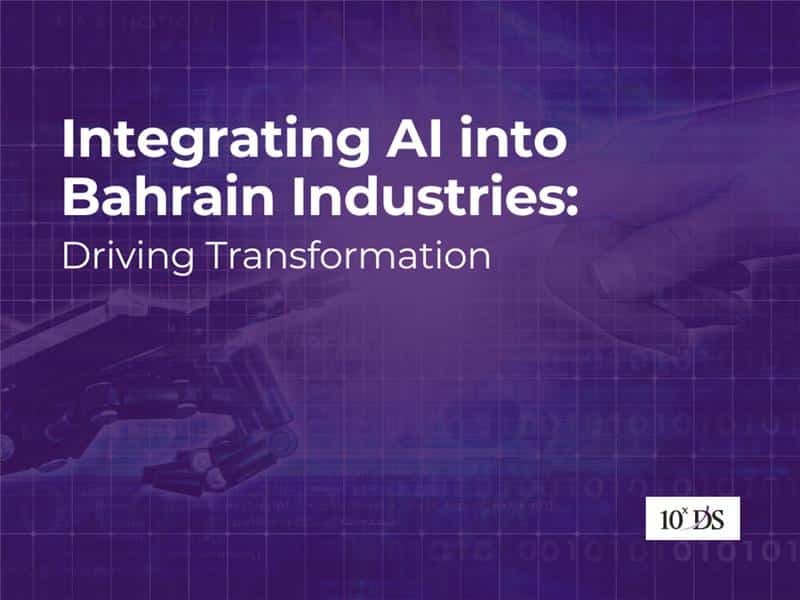
Modernizing Risk management using AI-powered automation
Risk management is a systematic process of identifying, assessing, prioritizing, and managing risks that might affect an organization’s ability to achieve its objectives. The primary goal of risk management is to minimize potential threats and capitalize on opportunities. The risk management function within an organization is vital for identifying, assessing, and mitigating potential risks that could impact its objectives, operations, and reputation. By systematically analysing risks, organizations can prioritize their resources and actions effectively to protect assets, enhance decision-making, and ensure business continuity. Effective risk management also supports compliance with regulatory requirements, safeguarding the organization’s reputation and promoting stakeholder confidence. It enables organizations to pursue growth opportunities and innovation initiatives with greater confidence, while also fostering resilience by preparing for and responding to unexpected events. Ultimately, risk management is integral to maintaining stability, sustainability, and success in today’s complex and dynamic business landscape. Here are the key components and strategies involved in risk management:
- Risk Identification: This involves identifying potential risks that could impact the organization’s objectives. Risks can be internal (e.g., operational issues, personnel risks) or external (e.g., market changes, regulatory changes).
- Risk Assessment: Once risks are identified, they need to be assessed in terms of their likelihood and potential impact. This step helps prioritize risks based on their severity.
- Risk Mitigation: This involves developing strategies to reduce or control identified risks. Mitigation strategies could include implementing controls, transferring risks through insurance, avoiding certain activities, or accepting certain risks.
- Risk Monitoring and Review: Risk management is an ongoing process. Regular monitoring and review of risks are essential to ensure that the risk landscape is up-to-date and that mitigation strategies remain effective.
AI-based automation revolutionizes risk management by leveraging advanced analytics, predictive capabilities, and real-time monitoring to enhance the efficiency, accuracy, and agility of risk identification, assessment, mitigation, and monitoring processes. By integrating AI technologies into risk management functions, organizations can improve decision-making, optimize resource allocation, and ultimately strengthen their ability to manage risks effectively in dynamic business environments. Let’s us examine how.
Risk Identification
Data Analysis: AI algorithms can analyse large volumes of structured and unstructured data from various sources (e.g., financial reports, market trends, social media, news articles) to identify potential risks.
Pattern Recognition: AI can detect patterns and anomalies that indicate emerging risks or trends not easily identified by traditional methods.
Natural Language Processing (NLP): NLP techniques enable AI to extract insights from text data, helping to identify risks from regulatory changes, customer complaints, or employee feedback.
Risk Assessment
Predictive Analytics: AI models can forecast potential risks based on historical data and current trends, enabling proactive risk management.
Scenario Analysis: AI-driven simulations can assess the impact of different risk scenarios on business outcomes, facilitating informed decision-making.
Machine Learning: AI algorithms can continuously learn from new data and adjust risk assessments dynamically, improving accuracy and relevance over time.
Risk Mitigation
Automated Controls: AI-powered systems can implement and enforce automated controls to reduce exposure to identified risks in real-time.
Dynamic Risk Response: AI can suggest optimal mitigation strategies based on changing risk profiles and business objectives.
Fraud Detection: AI can identify fraudulent activities promptly, minimizing financial risks associated with fraudulent transactions.
Risk Monitoring
Real-time Alerts: AI-driven systems can generate real-time alerts for unusual activities or deviations from expected patterns, enabling proactive risk management.
Continuous Surveillance: AI algorithms can monitor multiple risk factors simultaneously, providing a comprehensive view of risk exposure across the organization.
Adaptive Risk Models: AI can adapt risk models based on evolving risk landscapes, ensuring that monitoring remains effective and responsive to changing conditions.
Let’s delve into some real-world use cases that demonstrate its transformative impact in audit and controls testing and risk management as a whole:
- Fraud Detection and Prevention in Banking: AI-powered algorithms analyse transaction data, identify unusual patterns, and flag potentially fraudulent activities. Machine learning models learn from historical fraud cases, enabling banks to proactively prevent unauthorized transactions and protect customer accounts.
- Healthcare Risk Prediction: AI assists in diagnosing diseases by analysing medical images (such as X-rays and MRIs) and identifying anomalies. Predictive models help healthcare providers assess patient risk factors, enabling early intervention and personalized treatment plans.
- Supply Chain Optimization: AI algorithms optimize supply chain processes by predicting demand fluctuations, inventory levels, and delivery schedules. Companies can reduce operational risks, minimize stockouts, and enhance overall efficiency.
- Credit Scoring and Loan Approval: AI evaluates creditworthiness by analysing vast amounts of data, including credit history, income, and behavioural patterns. Automated credit scoring models provide more accurate assessments, leading to better loan decisions.
- Insurance Underwriting: AI-driven predictive models assess risk factors for insurance policies. Insurers can make informed decisions on coverage, pricing, and risk mitigation, improving overall portfolio management.
- Predictive Maintenance in Manufacturing: AI analyses sensor data from machinery and predicts equipment failures. Manufacturers can schedule maintenance proactively, minimizing downtime and production losses.
- Market Risk Prediction in Finance: AI models analyse market data, news sentiment, and economic indicators to predict stock market fluctuations. Traders and investors can make informed decisions based on risk assessments.
- Cybersecurity Threat Detection: AI monitors network traffic, identifies anomalies, and detects potential security breaches. Real-time threat detection helps organizations prevent data breaches and protect sensitive information.
In conclusion, AI-powered automation represents a transformative opportunity for risk management in organizations across industries. By harnessing the power of advanced analytics, machine learning, and real-time monitoring, AI enables more efficient and effective risk identification, assessment, mitigation, and monitoring processes. This technology-driven approach not only enhances the accuracy and agility of risk management but also empowers organizations to proactively address emerging risks and make data-driven decisions. As AI continues to evolve, its role in risk management will become increasingly indispensable, enabling organizations to navigate uncertainties, protect assets, and seize opportunities with greater confidence and resilience in an ever-changing business landscape. Embracing AI-based automation is not just about staying ahead; it’s about redefining risk management for the digital age and unlocking new possibilities for sustainable growth and success.
Talk to our experts to learn more


